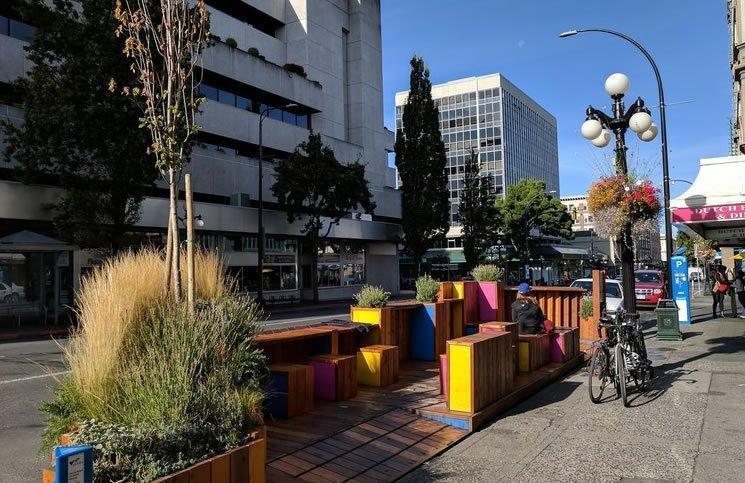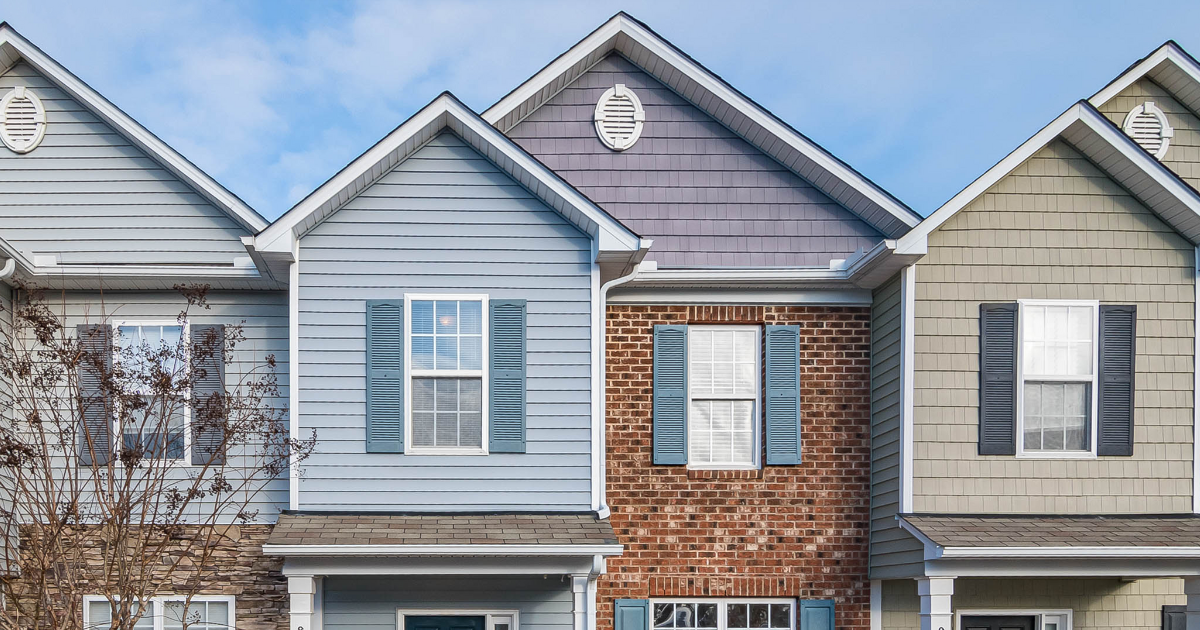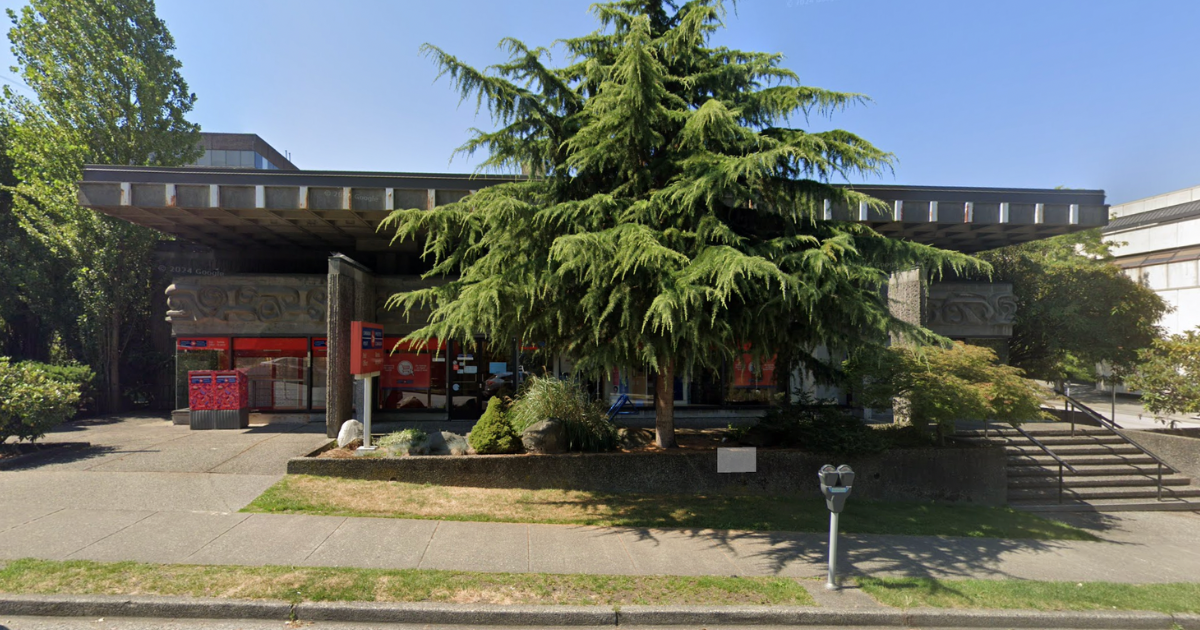The Real Estate Foundation of B.C. says it has produced a new tool that allows developers, planners and policy makers to evaluate how well a given British Columbia community is prospering, ensuring access to affordable housing and green spaces. It also helps them prepare for the impacts of climate change while at the same time reducing the community’s environmental impact.
The new Built Environment Snapshot tool is described in the report In Search of the Good Life. It details seven desired impacts, or “ideal conditions,” that contribute to a high quality of life without undermining natural systems. They include housing affordability, economic vitality, availability of jobs and access to greenspace. It also suggests 10 ways to measure those desired impacts.
“Too often, we evaluate communities through a narrow single-issue lens, such as housing affordability or greenhouse-gas emissions,” says Jack Wong, CEO of the Real Estate Foundation of B.C. “While these are obviously very important, they don’t tell the whole story. We now have a framework that factors in all of the key things – some obvious, some less so – that make a good community great.”
The foundation developed the evaluation tool with the support of a team of planning, transportation, housing and energy experts. Cities, towns and villages that make measurable progress in the areas the team identified will offer their residents a high quality of life, which will in turn generate competitive advantages, says the foundation.
The report aims to spur discussions about how to improve data collection, monitoring and reporting on the factors that influence livability and community vitality in British Columbia.
















